is a herbaceous plant that is considered one of the most important fodder crops, and is widely used to feed animals, especially cows and sheep. It is characterized by its high nutritional value and contains proteins, vitamins and minerals.
Alfalfa is collected during the flowering stage and left to dry in the field or dried in a shaded and well-ventilated place. The humidity in alfalfa should be less than 15% when stored to avoid rotting.
It is preferable to store dried alfalfa in tightly sealed plastic bags or in well-ventilated barns away from moisture. - Alfalfa can also be compressed into bales (light or heavy bales) and wrapped to facilitate transportation and storage.

Dried alfalfa must be packed in tightly sealed bales, and special packaging can be used to maintain its quality during transportation.
Obtaining the necessary certificates such as the quality certificate and conformity to the health specifications required in export markets.
Alfalfa is shipped via appropriate means of transportation, such as trucks or ships, taking into account the temperature and humidity during transportation.
Alfalfa prefers temperatures ranging from 15-25 degrees Celsius, and can withstand higher temperatures.
It is preferable to store dried alfalfa at room temperature (20-25 degrees Celsius) while avoiding humidity.






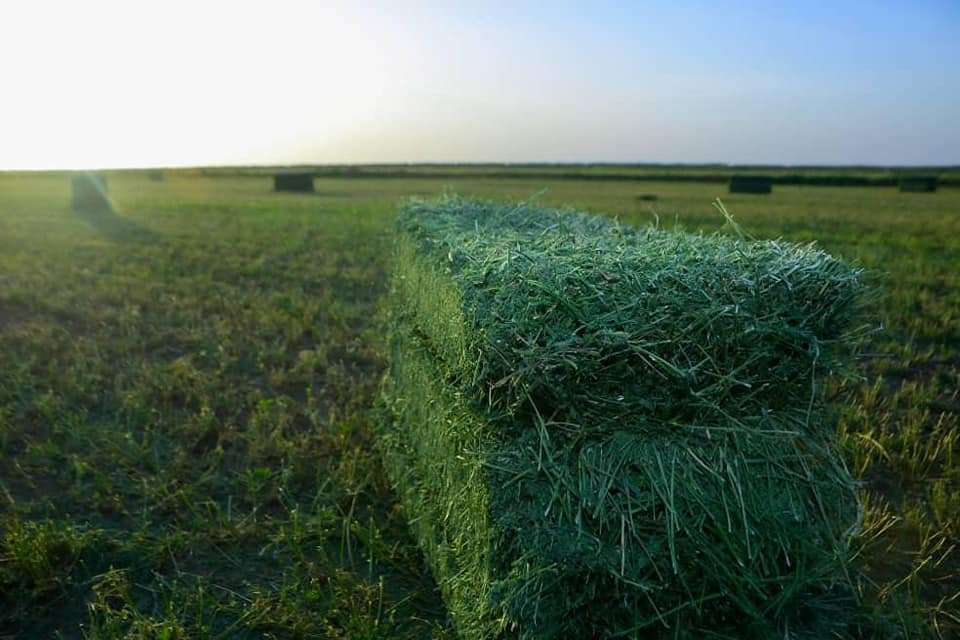
is a flowering plant known for its bright red leaves and its many uses in the food and pharmaceutical industries. Hibiscus drink is used as a refreshing drink, and it has many health benefits such as lowering blood pressure and antioxidants.
Drying is considered one of the best ways to preserve hibiscus. The flowers are harvested and dried in a well-ventilated place away from direct sunlight, until they get rid of moisture. - It is preferable to use an air dryer to maintain quality.
Dried hibiscus is stored in tightly sealed glass containers or cloth bags in a cool, dark place. - The refrigerator can also be used if stored in tightly sealed containers.

Dried hibiscus must be packed in suitable containers (such as plastic bags or glass jars) to maintain its quality during transportation.
Obtaining the necessary certificates such as the quality certificate and conformity to the specifications required in the exporting countries.
Using appropriate means of transportation such as trucks or ships, taking into account the temperature and humidity during transportation.
Hibiscus prefers temperatures ranging between 20-30 degrees Celsius.
It is preferable to store dried hibiscus at room temperature (15-25 degrees Celsius) while avoiding humidity.


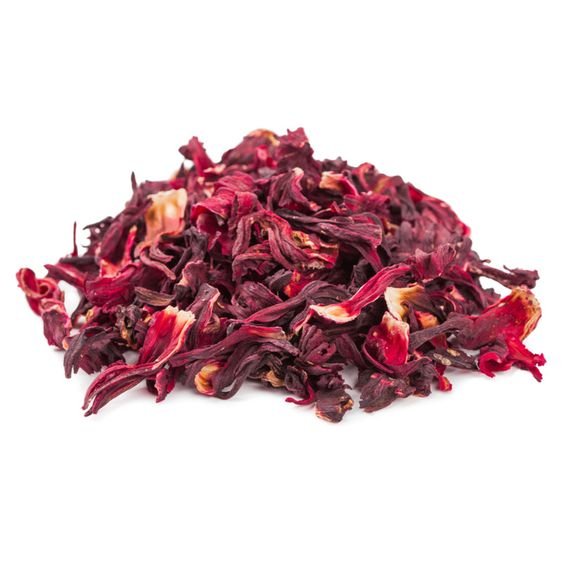
Sesame is an important agricultural crop known for its health benefits and multiple uses in cooking and various industries. Sesame oil extracted from its seeds is considered a nutritious and beneficial oil, as sesame contains a high percentage of proteins, vitamins and minerals.
Drying: Sesame is collected after ripening and left to dry in a shaded, well-ventilated place. The moisture content of sesame seeds should be less than 8% when stored to prevent mold.
Storage: Sesame seeds are best stored in airtight bags or in well-ventilated warehouses away from moisture. They can also be compressed into large bags or containers for easy transportation and storage.

Packaging: Dried sesame should be packed in airtight bags to maintain its quality during transportation.
Certifications: It is necessary to obtain the necessary certificates such as the quality certificate and compliance with the health specifications required in the export markets.
Shipping: Sesame is shipped by suitable means of transportation such as trucks or ships, taking into account the temperature and humidity during transportation.
Plant growth: Sesame prefers relatively high temperatures during the growth period, and can tolerate temperatures up to 30-35 degrees Celsius.
Storage: It is preferable to store sesame at moderate temperatures (20-25°C) and avoid exposure to moisture to maintain its quality.
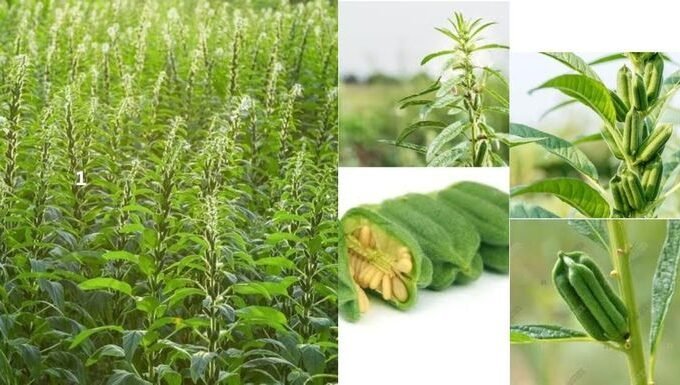

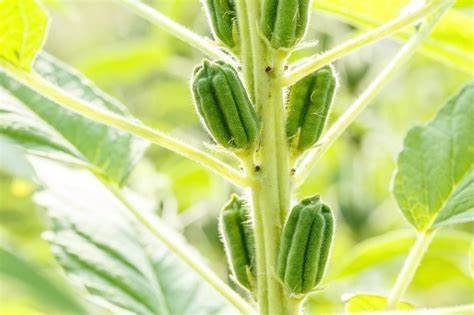

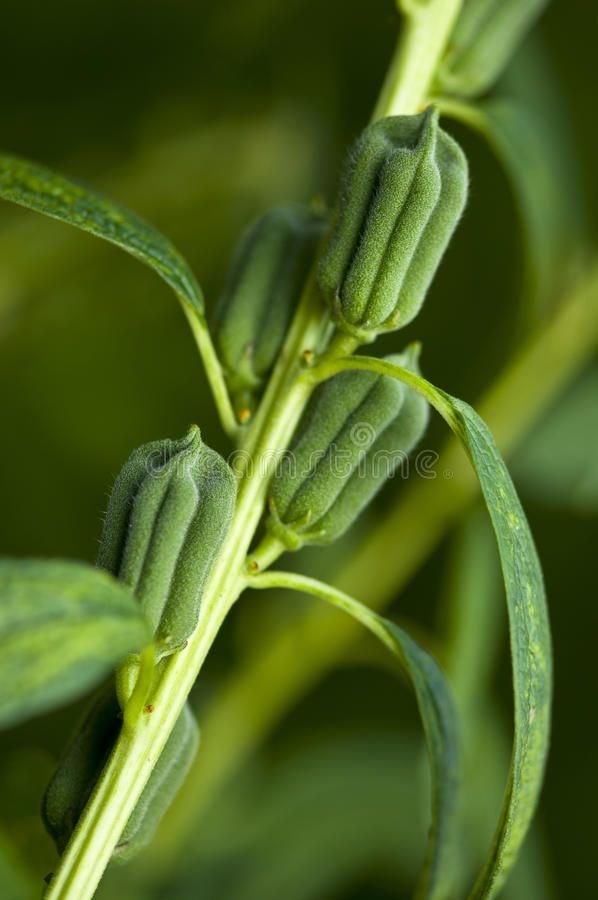
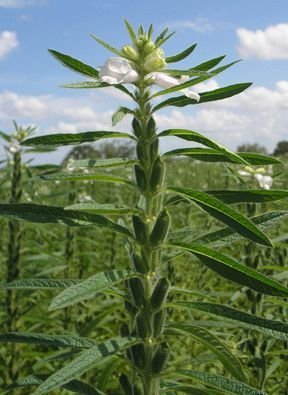
Peanuts are an important agricultural crop with nutritional benefits and a variety of uses in cooking and food industries. They are a rich source of protein and healthy fats, and are used in the production of peanut butter and oils, in addition to being a popular snack.
Drying: Peanuts are harvested after ripening and left to dry well to avoid mold. The moisture content of peanut seeds should be less than 10% when stored.
Storage: Peanuts are best stored in airtight bags or in well-ventilated warehouses away from moisture and insects. They can also be compressed into bags or containers for easy transportation and storage.
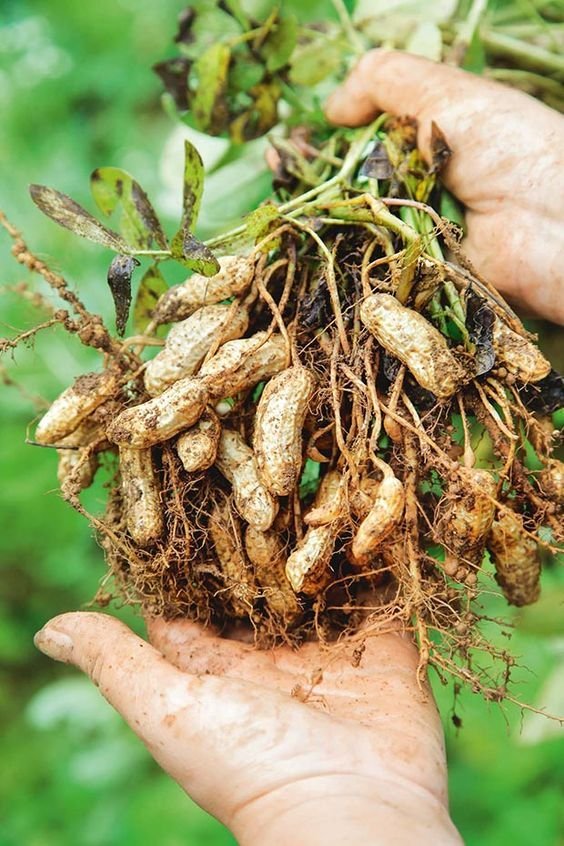
Packing: Dried peanuts should be packed in airtight bags to maintain their quality during transportation.
Certifications: It is important to obtain the necessary certifications such as the quality certificate and the health certificate to ensure that the product complies with the specifications required in the global markets.
Shipping: Peanuts are shipped via suitable means of transportation such as trucks or ships, taking into account temperature and humidity to ensure their safety and quality during shipping.
Plant Growth: Peanuts prefer warm temperatures of 25-30°C for best growth. They can grow in relatively hot environments, but they need adequate water to grow.
Storage: Peanuts are best stored at moderate temperatures (20-25°C) while avoiding high humidity to prevent fungal growth and maintain their quality.


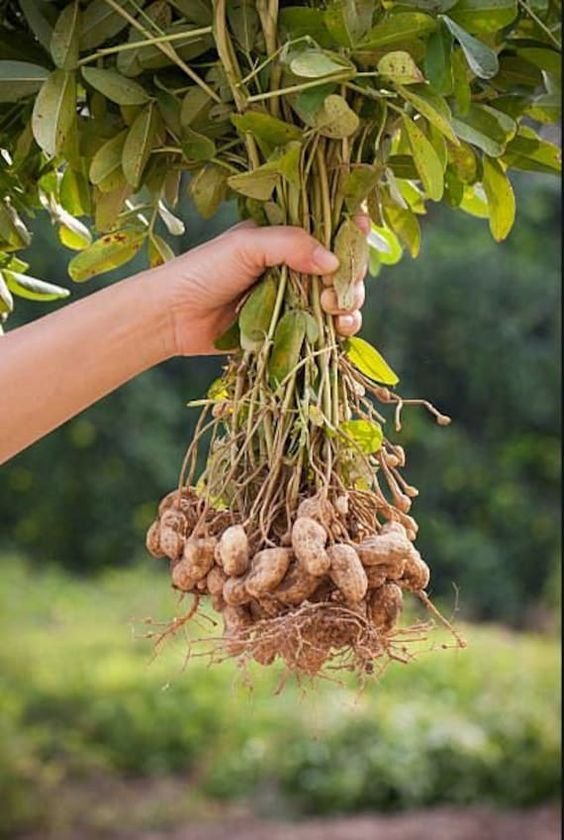
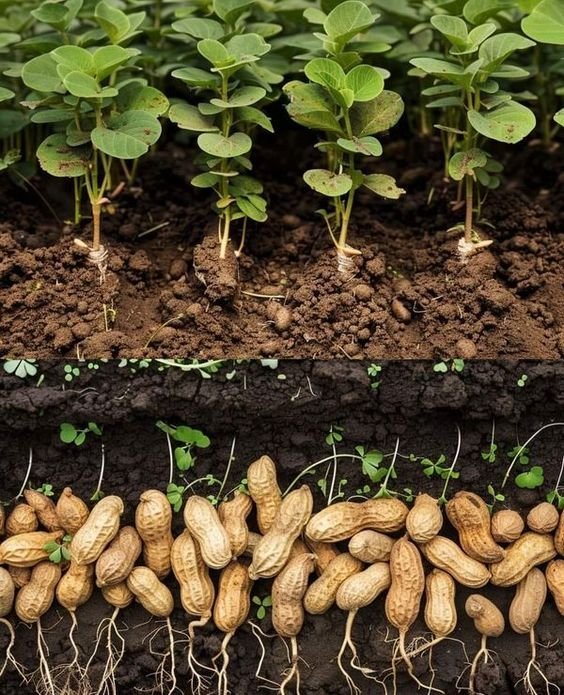

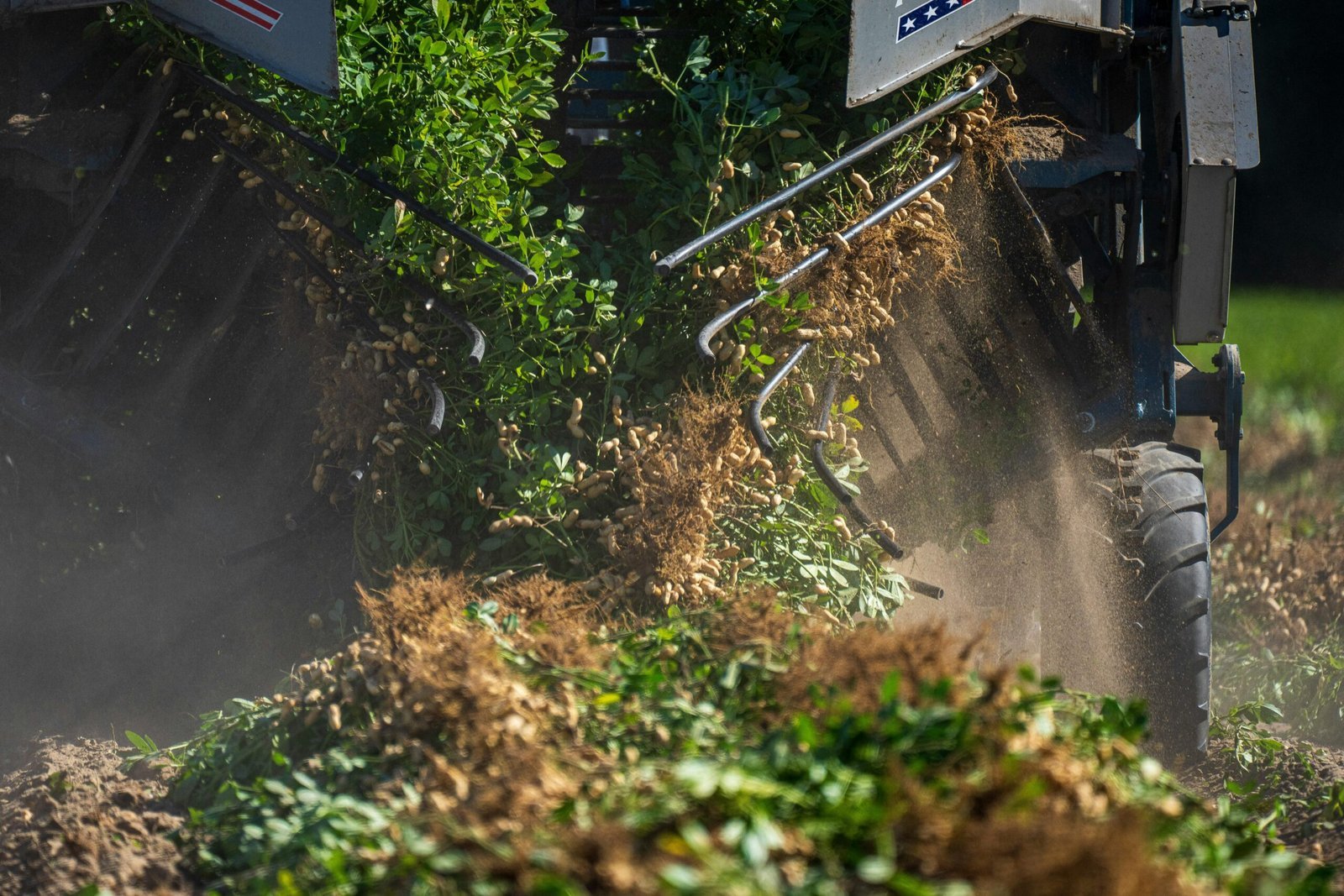
Newsletter